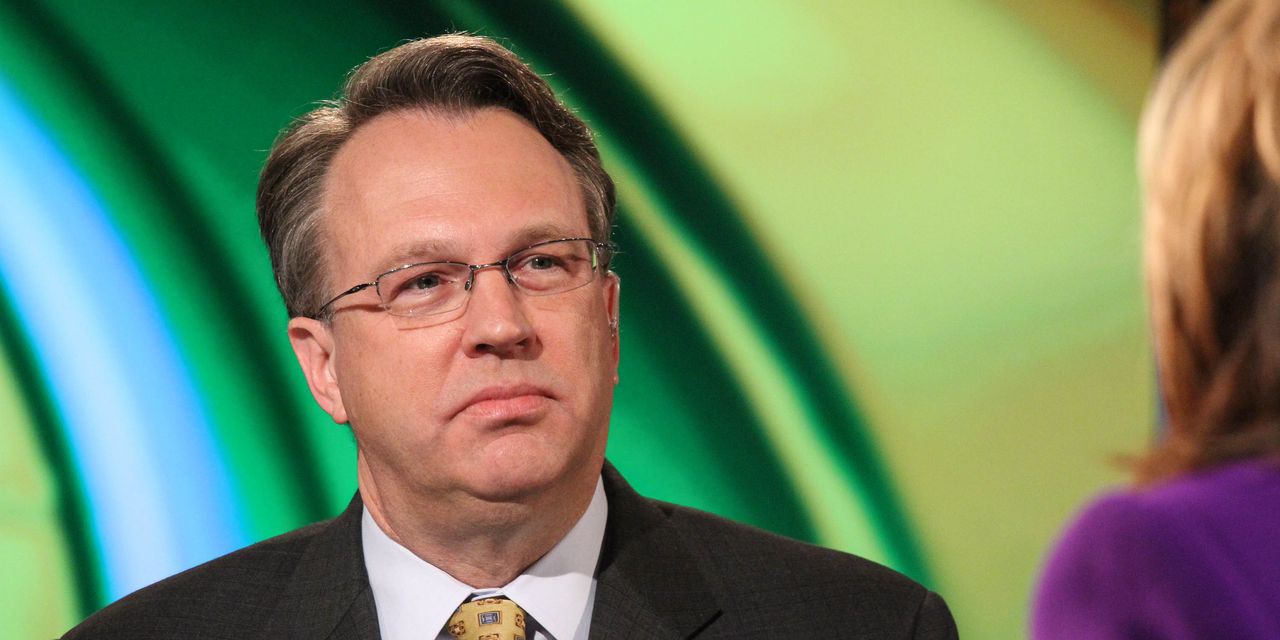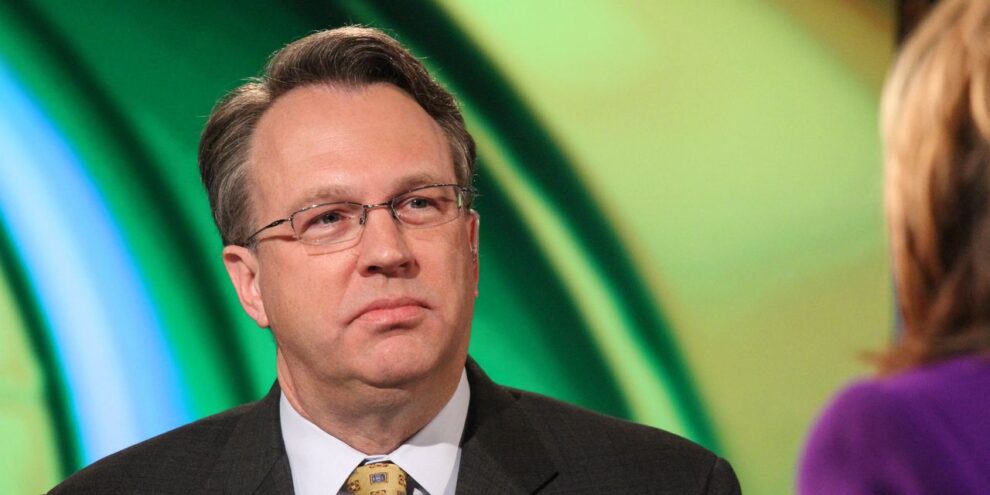
The latest economic data seems to be breaking the Federal Reserve’s way, with cooling of both inflation and the labor market, according to New York Fed President John Williams on Wednesday.
In an evening speech to a group of bond-market experts known as the Money Marketeers of New York University, Williams said the most recent data is showing that a “trend of slowing inflation is continuing.” At the same time, there are some indications of a “gradual cooling in the demand for labor.”
Both of these factors, if continued, are likely to help bring inflation down.
In his remarks, Williams said he expects inflation, as measured by the personal consumption expenditure price index, will decline to around 3.25% this year from 5% in February. Inflation will then move down to the Fed’s longer-run 2% goal over the next two years, he said.
But at the moment, a key inflation measure that the Fed is watching — service inflation minus food, energy and housing — “is not budging,” he said.
In addition, Williams said he expects the unemployment rate to rise to a range of 4%-4.5% over the next year from a tight 3.5% rate in March.
Williams underscored that Fed officials said after their last meeting that another hike “may” be needed. The financial market is pricing in high odds of a 25-basis-point hike at the May 2-3 meeting. The Fed has pushed its benchmark rate to a range of 4.75%-5% over nine straight moves at policy meetings since March 2022.
“Inflation is still too high and we will use our monetary policy tools to restore price stability,” Williams said, without being more specific.
Some economists think the Fed will pause due to tighter credit standards from banks in the wake of the collapse of Silicon Valley Bank. That could lead to a cutback in consumer spending. This effect is similar to what happens after the Fed hikes its interest rate. Minutes of the Fed’s last meeting showed that “several” Fed officials thought a pause might be appropriate in March.
Williams said “conditions in the banking sector have stabilized” since the collapse of Silicon Valley Bank.
While there will likely be some tightening in credit conditions, “it is still too early to gauge the magnitude and duration of these effects, and I will be closely monitoring the evolution of credit conditions and their potential effects on the economy,” he said.
Williams said data from the first quarter shows the economy continues to expand at a “solid pace.” He said he expects real GDP growth “to be really modest” this year. In contrast, the Fed staff has forecast a recession starting later this year.
In questions from reporters, Williams said his disagreement with the staff’s forecast reflects the large amount of uncertainty about the outlook.
Stocks DJIA, -0.23% SPX, -0.01% finished lower on Wednesday while the yield on the 10-year Treasury note TMUBMUSD10Y, 3.600% rose to 3.59%.
MarketWatch reporter Emily Bary contributed to this report.











Add Comment